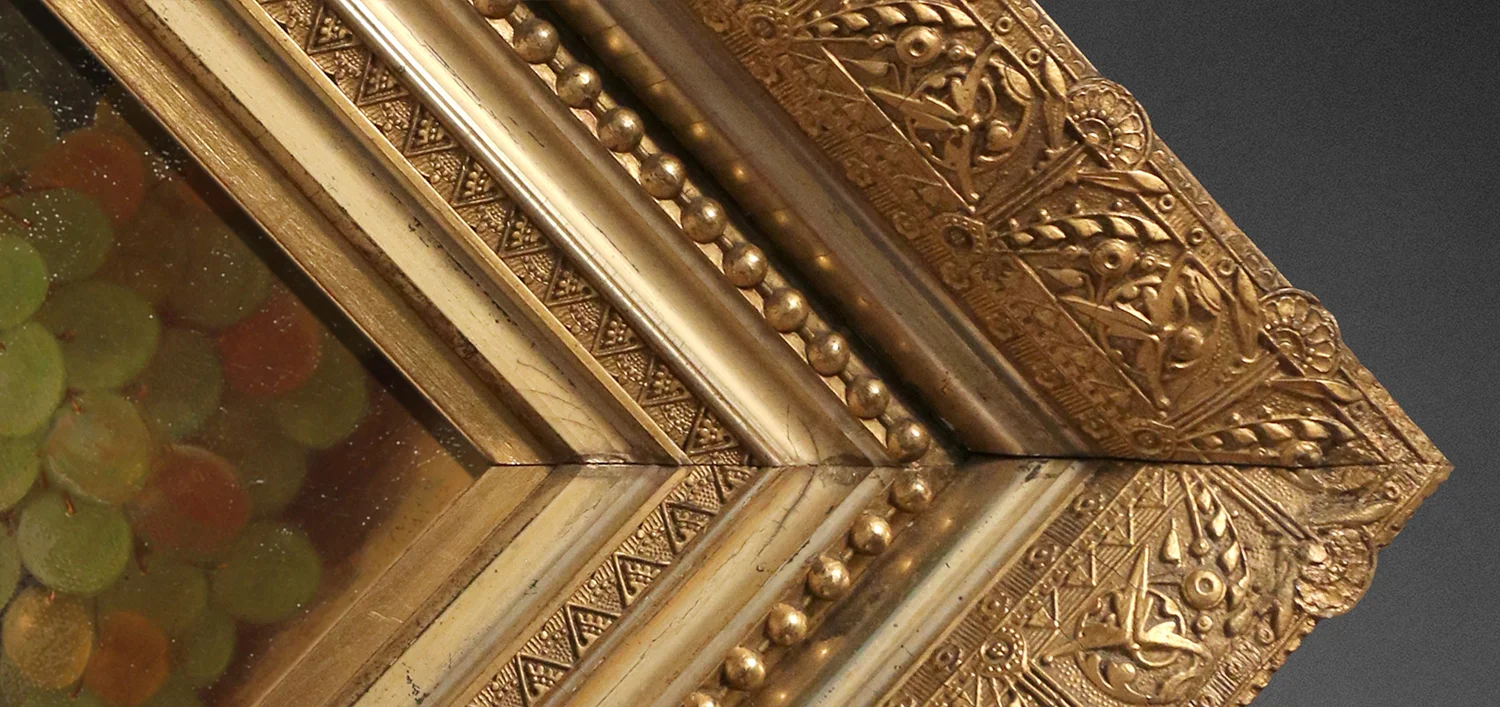Art & Furniture Care: Safe Handling
One of the greatest risk exposures for damage of items is from improper handling. The first step in the safe handling of an item is to assess whether it is stable enough to be moved. Awareness of the inherent structure of the piece, along with its current condition issues are paramount in reducing the risk of damage. Once the condition issues have been identified, you can then strategize on how to best accommodate any compromised areas and safeguard the item to avoid further damage during handling and transport. Depending on the condition issues, you may need to consult a specialist to assess and stabilize areas of concern first.
Furnishings
Check furnishings for any loose or broken arms, legs, rails, etc.
Inspect for delamination of moldings, carvings, and veneer at risk of completely detaching or becoming unstable.
Assess gilded finishes for cracks, or areas of loss and lifting in both the gilding and the adhesion of the gesso ground to the wood support.
Secure all components that are indented to detach or move, such as drawers, doors, slide-out surfaces, shelves, etc.
Keep in mind that loose hardware can move and abrade the wood support it is partially secured to.
Frames
Pay close attention to adorned corners and central cartouches on antique frames as they are often prone to damage and tend to be structurally compromised and fragile.
Assess gilded finishes for cracks and areas of loss and lifting in both the gilding and the adhesion of the gesso ground to the wood support.
Identify any loose or open joints at the corners.
Sculpture/Objects
Never assume that a three-dimensional item is composed of one piece, check for joints and confirm how it was assembled.
Determine if the piece is secured to its pedestal. If it is, do not assume that the piece is safe to move while it is mounted.
Hairline cracks and previous repairs on ceramics and porcelain may be difficult to discern, however they could lead to further condition issues while in transport and should be treated with extra care.
Review ceramics and serving ware for lids and interior components, and ensure that they are secured.
Works of Art
On paintings, check for lifting, cracks or losses in the paint layer.
Examine the condition of the canvas, inspect for any unusual bulges or deformations, and assess the general tension of the canvas.
For works on paper, review the hinges, if the hinges have failed, the sheet will not be properly centered on the mount, or it will appear to be slipped within the frame.
If the sheet appears to be distorted or warped, examine the glazing to determine if the media is in contact or partially affixed to the interior of the glazing.
These are a few key condition concerns consistent with age and normal use for you to consider. If you have had an item or collection that has sustained damage from fire, moisture, impact or elevated levels of humidity, a specialist should be contacted immediately before the items are handled.



